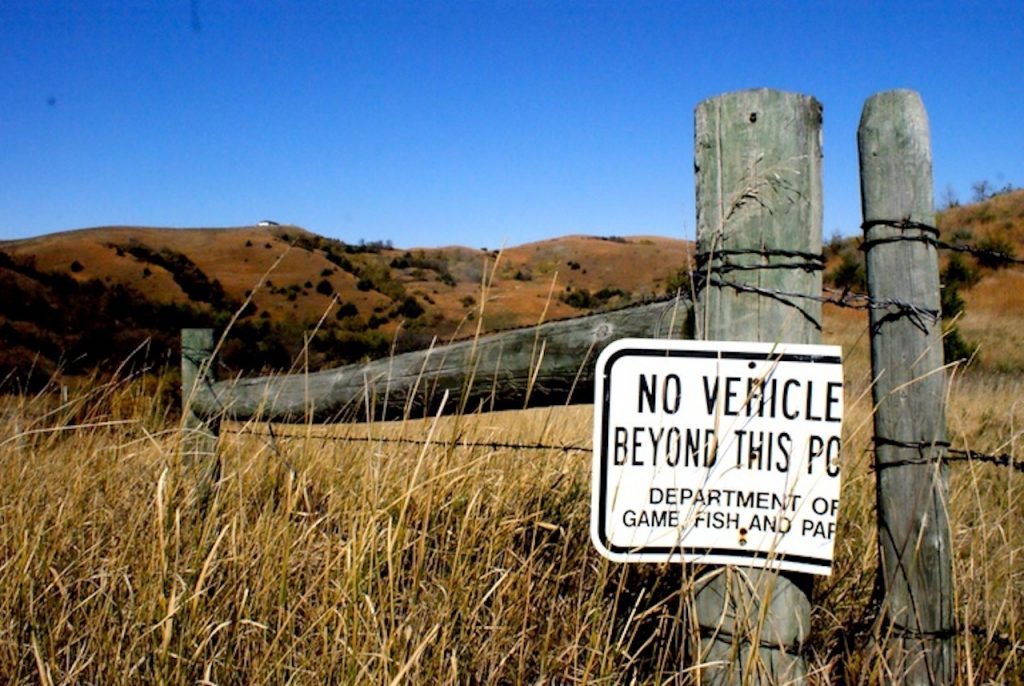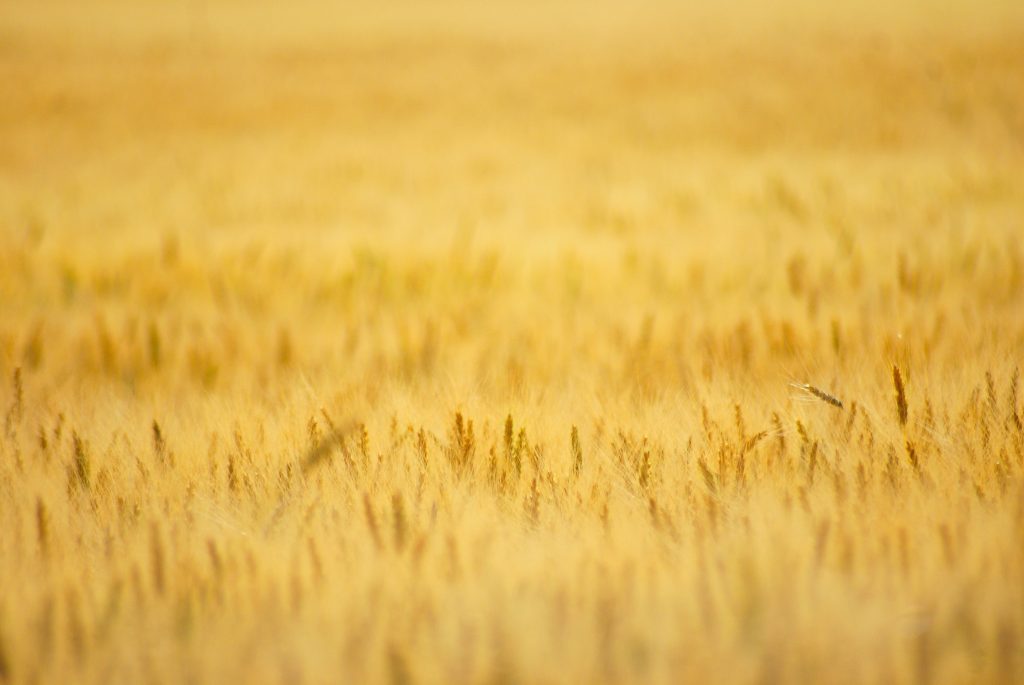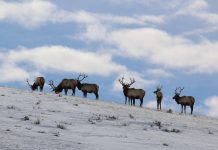It is no secret in today’s world of social media and Internet prevalence that there are still large elk, deer, and antelope harvested each year on public lands. However, every year there are numerous hunters who arrive at a hot hunting spot just to find a dozen other vehicles parked at the entrance. Many arrive at their spot to see swarms of orange plaguing the countryside. What many don’t know is there are plenty of ways to overcome these public land hardships.
Using others to your advantage
Time spent on public property should be used as a learning experience. Animals such as deer, elk, and antelope on public lands are often skittish compared to those that live on private land. Often they immediately run when they see hunters roaming the landscape. What does this mean for you? Every time an animal runs they take a route they feel is safe, especially the further the distance. Last fall the author took his largest mule deer by learning the escape routes on his public hunting area. Once hunters swarmed the area he knew where the deer would head. By waiting there he was able to intercept a great South Dakota muley.
It is also effective to use the mistakes of others to your advantage. Many hunters make the mistake of skylining themselves when cresting a ridge or glassing. You might be just a tiny body in the overall vastness of the terrain, but the keen eyes of a mature buck or bull will quickly catch your movement from over a mile away. When setting up to glass sit in tall grass or bushes, under trees, or amongst jagged rocks to break up your outline and to help mask any movement. It is also a good idea to sit well below the skyline to avoid alerting the game to your location. While a good vantage point is a must for glassing setups, it is important to be smart about the locations you choose.
Standing Crops
In areas where crops are common, it’s important to remember the harvest and how weather plays a role when harvesting occurs. Some seasons have late harvests especially with corn, sunflowers, or soybeans if the fall is particularly wet. This can make for very tough hunting conditions since game can hide in the crops with very little risk of being found. However, you can still use this to your advantage. If the crops are standing, you can still hunt looking down each row until the animal you are after is spotted. Another tactic involves paying attention to the weather. Once the weather subsides and harvesting begins, the animals that had been taking shelter previously will be forced out of hiding. At these times it can pay to glass and see what comes out.
Also, most people know that crops rotate. In some areas, the rotation includes sunflowers, wheat, beans, and corn while in others it may just be corn and soybeans. If your intentions are to hunt a certain area for multiple years and you are unable to scout during the summer, it is important to know what the crop will be that year. There’s always a group of hunters who show up expecting to hunt a cut cornfield on opening day when in reality only a barren stubble field remains.
Wear out your tread
In today’s world of hunting athletes, the term going the distance is tougher than ever. With diminishing public lands and more people getting back into the vast wilderness, you must be in perfect shape. By doing some serious research on different maps, you can find spots away from the beaten path that may be honey holes for big bucks or bulls. However, the obvious rough terrain on maps is not always the best place to find them. The author likes to find smaller spots that are commonly overlooked by other hunters. If other hunters overlook them, the game knows there is less pressure there and will seek out those lesser known hot spots.
Also, areas that see fair amounts of summertime pressure from hikers and campers can be scouted during the summer and yield great results. Mature game, especially bucks, will often route around or parallel the pressure from the common hikers to avoid contact. Hunters coming into the backcountry also use these same hiking trails and camping areas. By setting up and glassing early mornings and late evenings in the summer, a smart hunter can track how the game in the area move in relation to the movements of people.

Hunt during the week
If the opportunity presents itself, hunt the middle of the week. It’s no secret that weekends are the most heavily hunted days of the week. Days like Saturday and Sunday can almost shut down game movement, but by Tuesday or Wednesday, the animals relax enough to make it a totally different season. On smaller tracts of public land, this can make a huge difference when pressure pushes game onto the adjacent private lands. There is a good chance the game will return once the pressure is relieved mid-week.
Whether hunting whitetails of the eastern states or chasing big mule deer and elk in the mountainous west, if you hunt public land you’ve certainly encountered some public land hardships in your adventures. Just because some areas see a lot of pressure, or still have standing crops, does not mean your success is out the window. With a little homework, lots of boot work, and all your hunting knowledge put to the test, big animals can still be harvested on public lands.
Check out more great content from Christian and Big Bear Outdoors on his YouTube page.















